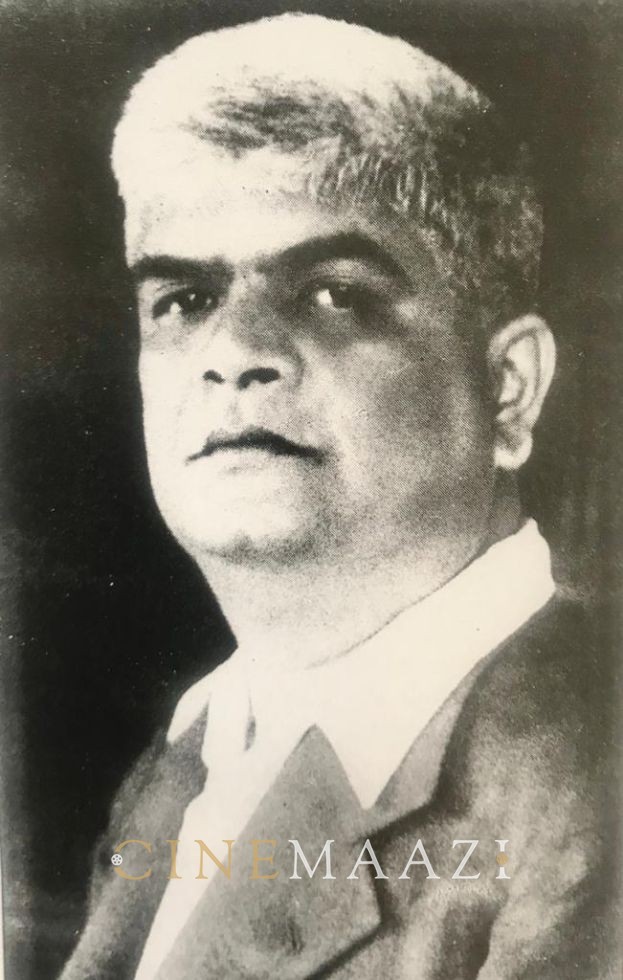Nanashaheb Sarpotdar: The Daring Pioneer
Subscribe to read full article
This section is for paid subscribers only. Our subscription is only $37/- for one full year.
You get unlimited access to all paid section and features on the website with this subscription.
Not ready for a full subscription?
You can access this article for $2, and have it saved to your account for one year.
But there were others who dared to experiment with new themes or at least explore genres. Among them was Narhar Damodar alias Nanasaheb Sarpotdar who made the genre of the historical film, at least during the silent era, his very own. Born on February 11, 1896 at Nandavalli in Ratnagiri district, Sarpotdar was brought up in Pune and Indore. He abandoned formal education to join the Maharashtra Natak Mandali and later Achyut Balwant Kolhatkar’s repertory where he played female roles. He also showed a flair for writing and wrote at least three plays: Unad Pendhya, Chandrarao More and Bajiraocha Beta.
With the coming of the talkie era, the Aryan Film Company had to be closed down. Sarpotdar was among those who continued to make silent films for at least a year after the release of the first talkie. The last films under the Aryan banner were made in 1932.: Bhawan Talwar and Sultana Chandbibi. The first talkie film that Sarpotdar directed was for Maharashtra Cinetone for whom he made Prithviraj Samyukta (Hindi/1933). He then joined the Imperial Film Company in Bombay where he directed two Marathi and a Hindi films - Rukmini Haran (1933) and Devaki (1934) - and a Hindi film Chalta Purza (1935). He tried to make a come-back in 1939 with R.G.Torney’s Saraswati Cinetone’s Bhagwa Zhenda but wasn’t successful.
This is a reproduction of the original published in Marathi Cinema in Retrospect published by Maharashtra Film, Stage and Cultural Development Corporation Ltd. in 1995
Tags
About the Author
Sanjit Narwkar took his Bachelor's degree in Statistics and his Master's degree in Economics from the University of Bombay. After a year of banking research, he took up a full-time career in film journalism. He has been Assistant Editor, Film World, Chied Sub Editor, Star & Style, and News Editor, Screen. He is presently Bureau Correspondent (India) for the Tokyo-based trade magazine Movie/TV Marketing. Among the books he has written/edited include: Genres of Idnian Cinema, Indian Documentary In The Eighties, Films Division And The Indian Documentary. He has also complied and edited the single-volume reference book Directory of Indian Filmmakers & Films, published by Flicks Books, UK. He has also scripted four Marathi feature films, several television serials and innumerable documentaries. He has worked on several Selection Committees for international film festivals. He has also conducted interviews for the Ora Archives Programme of All India Radio.







.jpg)


